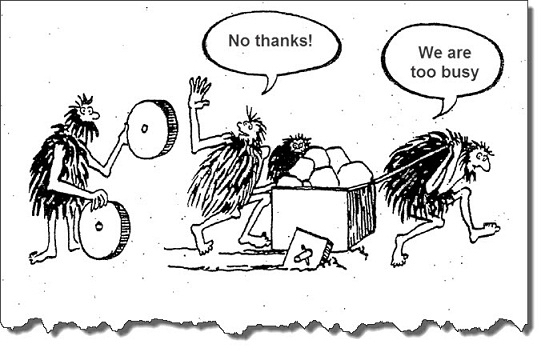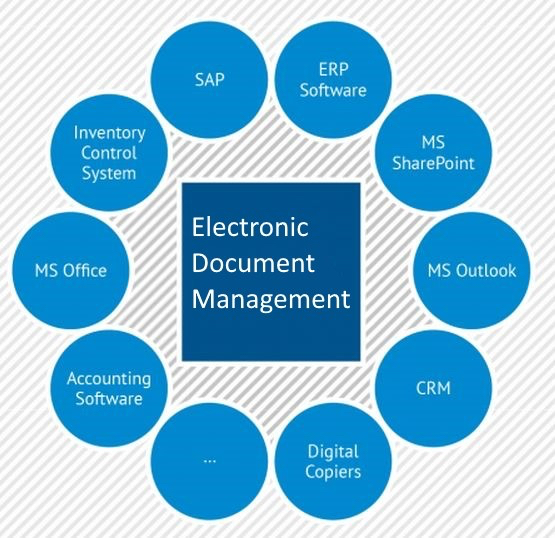
Image by: Muenz, ©2017 Getty Images
What is elegance?
- The quality of being pleasingly ingenious and simple; neatness.
"The simplicity and elegance of the solution."
Source: Oxford Dictionary
- Scientific precision, neatness, and simplicity.
“The elegance of a mathematical proof.”
Source: Merriam-Webster
- Antoine de Saint-Exupéry, probably best-known for his classic children's book The Little Prince, was also an aircraft designer, and he gave perhaps the best definition of engineering elegance.
“A designer knows he has achieved perfection not when there is nothing left to add, but when there is nothing left to take away.”
When we talk about elegance in information management, basically, we are referring to documents. Obviously, paper documents come to mind, but there are also the zillion of documents we handle every day in digital form, starting with emails. It is not hard to understand why an inbox with thousands of emails is not an elegant solution or an effective one, as it can’t be of any actual use.
Elegance, as defined above, must be characteristically appealing to the eye as well as the mind. In other words, it needs to be pleasant to look at and easy to understand. Having said so, it doesn't mean that a messy solution does not provide the required results, but at what cost? Some years ago, I walked into a large manufacturing plant to present them with an electronic document management (EDM) solution. This was a huge building where all the corridors were filled with paper file cabinets. They had a pristine organization based on paper, but at the end of the day, their chief financial officer (CFO) confessed to me that every single piece of paper that arrived by mail was, at least, photocopied 11 times. That day, I considered changing my line of business!
How Do We Bring Elegance to the Management of Documents?

If we want a more specific answer, we could start by scanning all the paper documents arriving at the company and immediately sending that paper to a physical storage, if need be. From there, all the processing would be done through their digital counterparts. Nice and clean. It is elegant.
Now, How Can We Be Elegant with the Zillion of Digital Documents?
We're talking about all the different origins of documents, such as email, enterprise resource planning systems (ERPs), customer relationship management solutions (CRMs), video and photo cameras, department managed file transfer (MFT) software, and all the myriad of formats they are delivered in, such as PDF, Word, Excel, CAD, MP3, MP4, JPEG—the works.

Elegance is having one single repository, which is fed by these different origins and is capable of handling any Windows format. It is very elegant due to its simplicity. With only one search, we can find all the documents, which are compliant with the search criteria, independent of their origin or their format.
As with any other concept, elegance can have several levels according to one’s needs. If one is not bound to proactively search for documents according to their interests, eventually, it would be a very elegant solution to define the documents that one would need, or just want, and have them automatically brought to one’s attention, if need be with an email notification. This way, every time someone archives or processes a document and that document satisfies one’s criteria, one is immediately alerted and can proceed with whatever processing that document requires.
Finally, it is necessary to refer to all those times that we have to go to the office just to deliver or process paper work; that is definitely not an elegant task. Elegance requires the ability to send, search, be notified, and process documents of any kind, from wherever and by using any sort of mobile device.
Finally, it is necessary to refer to all those times that we have to go to the office just to deliver or process paper work; that is definitely not an elegant task. Elegance requires the ability to send, search, be notified, and process documents of any kind, from wherever and by using any sort of mobile device.
It is a pity that so many large organizations have dropped a department called “Organization and Methods,” whose responsibility was horizontal to the company. Maybe they should come back as the chief elegance officer.
Joao Penha-Lopes specializes in document management since 1998. He holds two postgraduate degrees in document management from the University Lusofona (Lisbon) and a PhD from Universidad de Alcala de Henares (Madrid) in 2013, with a thesis studying the economic benefits of electronic document management (EDM). He is an ARMA collaborator for publications and professionally acts as an advisor on critical information flows mostly for private corporations. Follow him on Twitter @JoaoPL1000.







